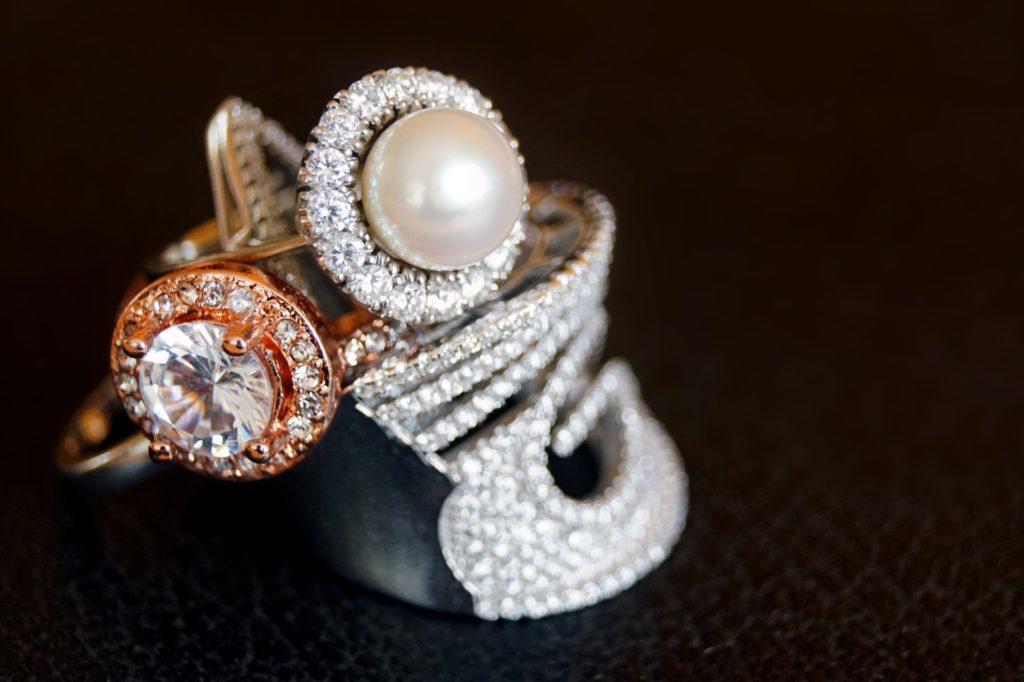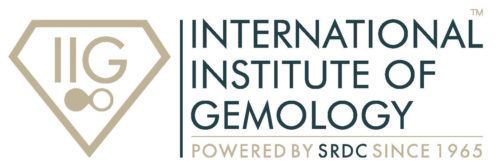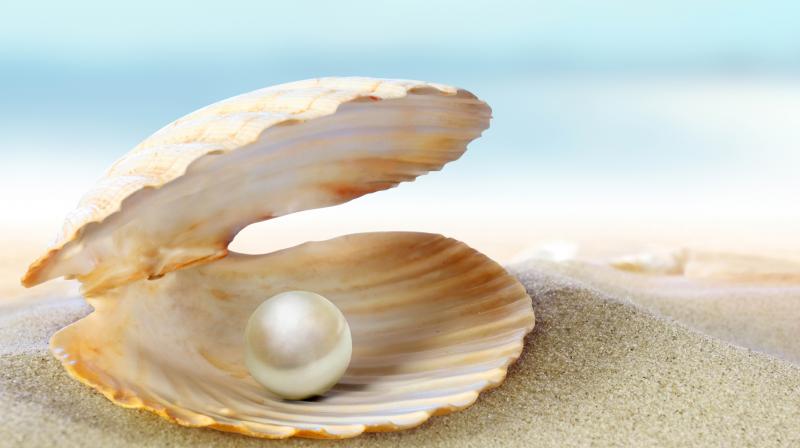|
Getting your Trinity Audio player ready...
|
Introduction
The pearl is seen as one of the most traditional gems in jewellery. For centuries, it has been used as a precious stone and has had significance in mythology as well as other aspects of culture. Many different cultures have used this stone for jewellery, because of its natural beauty and refined look. The unique feature of the pearl is that it is the only gem to be formed by a living creature; no other gem can make that claim. This unique formation is the reason that pearls come in many different colors, shapes, and sizes. As per the recent developments Pearl is termed as a bio-genic gem, created through natural biological processes rather than geological processes.

History
Many thousands of years ago, long before written history, human beings probably discovered the first pearl while searching the seashore for food. Throughout history, the pearl, with its warm inner glow and shimmering iridescence, has been one of the most highly prized and sought-after gems. Countless references to the pearl can be found in the religions and mythology of cultures from the earliest recorded history. The ancient Egyptians prized pearls so much that they chose to be buried with them!
Reportedly, Cleopatra once dissolved a single pearl in a glass of wine and drank it, simply to win a wager with Mark Antony that she could consume the wealth of an entire nation in just one meal!
During the European expansion into the New World, the discovery of pearls in Central American waters added to the wealth of Europe. Unfortunately, greed and lust for the sea-grown gems resulted in the depletion of virtually all American pearl oyster populations by the 17th century. Until the early 1900s, natural pearls were accessible only to the rich and famous. In 1916, famed French jeweller Jacques Cartier bought his landmark store on New York’s famous Fifth Avenue – by trading two pearl necklaces for the highly valuable property!
But today, with the advent of pearl cultivation, pearls are available and affordable to all.

Characteristics
The pearl is such a versatile gem that for anybody with this birthstone, they can find a pearl that is just as unique as they are. With a variety of shades and colors, pearls have always been and are still the gems that best complement any skin tone and complexion. The range of colors that pearls are formed in is vast. From white to beige to grey to black, this birthstone has the unique trait of being available in almost any color, both natural and dyed.
The many colors and shapes of pearls become a bit of an obstacle for the jeweller. Finding pearls that flawlessly match each other flawlessly (in both shape and color) becomes a tedious task for the most experienced of jewellers. Each strand of every pearl must be scrutinised with a keen, trained eye, and expert knowledge.
While a pearl may seem pretty simple, there are many different kinds of pearls. The first one that comes to mind, is the classic round white pearl, which may be the most famous one, but is far from the only one. The beauty of a pearl is that every step of a pearl’s journey contributes towards shaping its final color and form. A few of these factors are the type of oyster it forms in, the cleanliness of the water the oyster sits in, and the geographical location of the water.
Classification of Pearl

Whether the pearl is natural or cultured, each one has a unique look, shape, color, and polish to it. The most sought-after pearl would be a South Sea Pearl, however, the classic and most popular pearl that everyone pictures when they think “pearl” is the Akoya Pearl. A few of the different types of pearls are:
- South Sea
- Akoya
- Tahitian
- Fresh Water
- Hanadama
- Cultured
- Kesi
- Blister Pearl

How Should One Wear It?
Wear them at least semi-often! Pearls were originally born in the water and therefore benefit immensely from absorbing the oils that your skin naturally secretes throughout the day. So go ahead, put them on and show them you care! Gently wipe pearls with a soft cloth to remove sweat, perfume, excess oils, or dirt before putting them away. Pearls should be stored away from other objects or jewellery that may scratch their surface. Wrap the pearls in linen, soft cloth, or place them in a soft pouch. Do not store pearls in an airtight package such as a plastic bag!
Remember: pearls need moisture.
If the environment is too dry, the pearls may crack. If you’re placing your pearls in a safety deposit box or in an otherwise hot/dry environment, leave a damp cloth nearby, and try to get them out of there as quickly as you can. Keep your pearl away from chlorine bleach, hydrogen peroxide, vinegar, ammonia, hairspray, perfume, and cosmetics, as these substances will damage its surface.
To study more about Pearls some other blog:
http://iigindia.com/blogs/a-guide-to-buying-pearls/
Keep in touch with our Social media accounts, or can join webinars, live sessions and any one of the many gemology programs at @IIGOfficial
Get information on Beginner level IIG Course “Pearl Identification” by following up given link: http://fliphtml5.com/enrj/ogci (PI)

